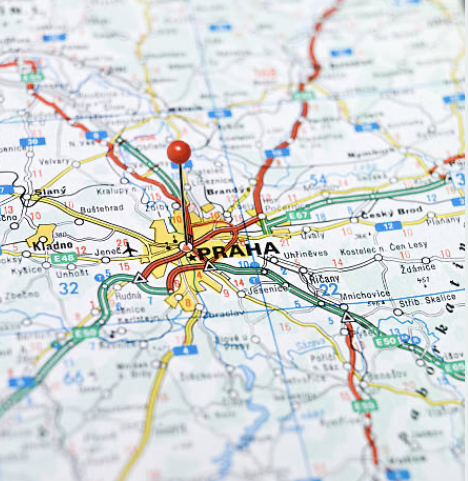
- Teacher: Sandra Lábová
- Teacher: Kateřina Turková

Course Post-Digital Photojournalism is introducing current situation of visual journalism. With the rise of digital technologies, theoreticians started to describe the era as post-photographic, as a death of traditional photography. Now, twenty years later it is obvious, that visual messages are more powerful than ever. This course will introduce todays condition of visual journalism and its development in last few decades. Students will learn about the the transition from traditional, film based photography to digital imaging, to the current post-digital condition. Part of the course are also practical assignments, which will help to better understand the nature of problems introduced in theoretical lectures. Students will try to take visual using traditional technical equipment, DSLRs, mobile photojournalism, drone journalism, VR journalism.
- Teacher: Zuzana Jarolímková
- Teacher: Sandra Lábová
- Teacher: Barbora Součková
- Teacher: Kateřina Etrychová
- Teacher: František Géla
- Teacher: Sandra Lábová
- Teacher: Sandra Lábová
- Teacher: Annamária Neag
- Teacher: Kateřina Turková
- Teacher: Jan Jirák
- Teacher: Sandra Lábová
The intention of the course is to provide the students with knowledge about contemporary history of Central Europe in order to be able to understand the specifics of its political, socioeconomic and cultural developments in the recent past that have impact on the societies of Central European countries today. The course uses a variety of methodological approaches to deal with key historical and contemporary issues such as the process of nation-building, dealing with the German political, economic and cultural hegemony, expulsion/resettlement of Germans and coming to terms with the past, dynamics of the development of societies in the communist era, achievements and failures of the post-communist transformation and important recent topics such as migration crisis etc. The students are expected to work in groups and discuss the issues based on their presentations.
- Teacher: Michal Dimitrov

The course introduces a work of foreign correspondent. It covers very interesting history of this profession, as well as its current situation influenced by both technological and economic challenges. Also, it uses the practical skills students have from previous courses to simulate the work of foreign correspondent and to ground more deeply their theoretic knowledge about the CEE region by using it in their journalistic stories.
- Teacher: Veronika Macková
- Teacher: Alice Němcová Tejkalová